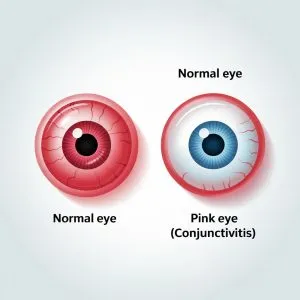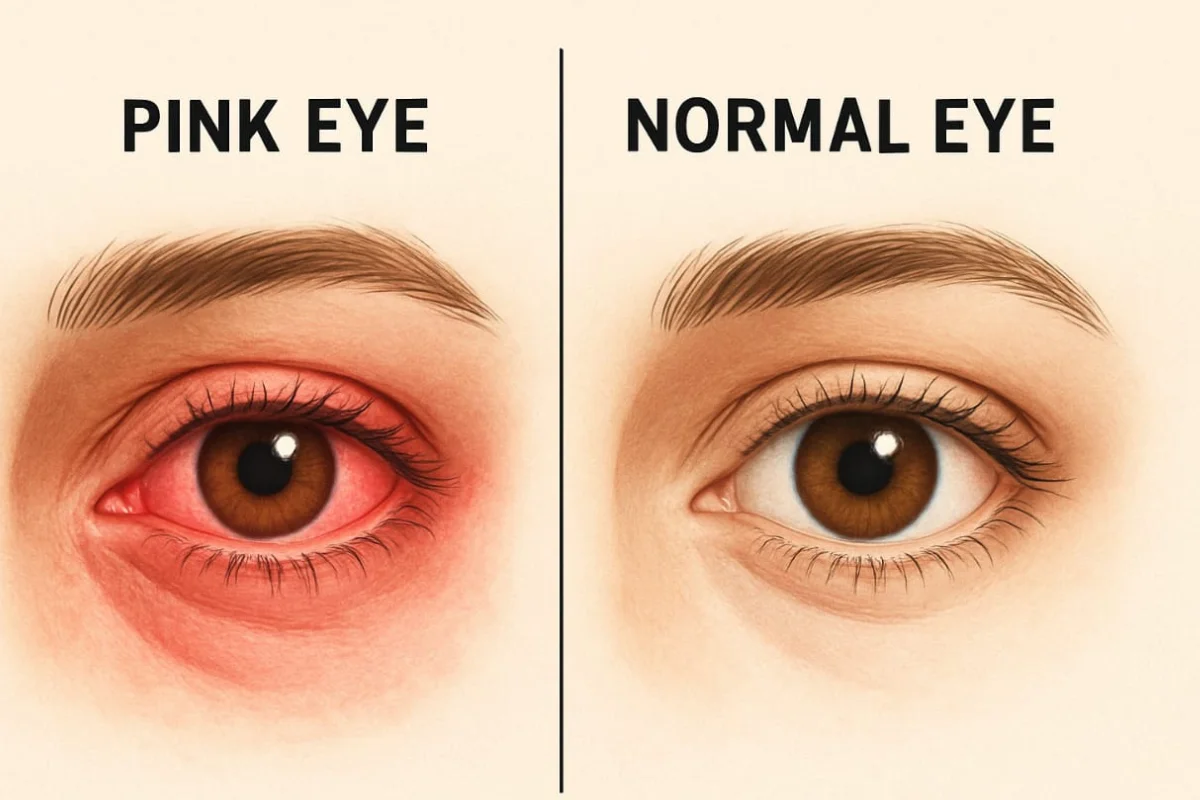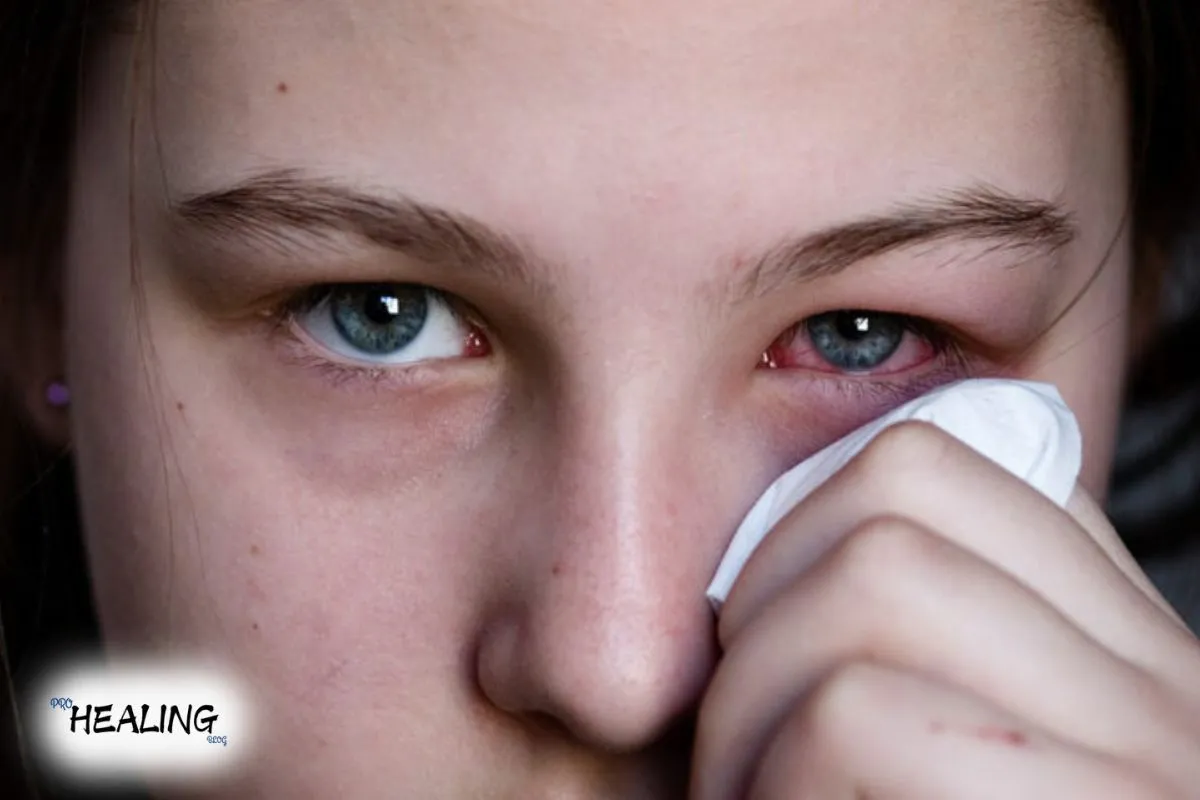Do you know that almost 60% of pink eye (conjunctivitis) diagnoses are inaccurate or incomplete? That’s according to a report that appeared in JAMA Ophthalmology. It’s a big wake-up call to how often eye issues are misdiagnosed and how dangerous that can be. When the real problem is missed, treatment is delayed, symptoms escalate, and in some cases, serious complications take hold. So what is commonly misdiagnosed as pink eye?Frankly, I’ve seen it all too often: someone comes in with absolute confidence that they have pink eye, and it really turns out to be an allergy flare, dry eye syndrome, or even worse such as uveitis. When you look at what most commonly gets confused with pink eye, these conditions come up time and time again.
What Is commonly Misdiagnosed as Pink Eye vs True Pink Eye?
Pink eye is the infection or inflammation of the conjunctiva—the thin membrane covering the white of your eye and lining your eyelid. It may be caused by virus, bacteria, or allergy. Typical symptoms include:
- Redness
- Itchy or burning sensation
- Tearing or discharge
- Crustiness in the morning
But here’s the kicker: These symptoms aren’t exclusive to pink eye. That’s why accurate diagnosis matters.

Conditions Commonly Misdiagnosed as Pink Eye
Let’s look at the eye conditions that can fool even experienced eyes.
1. Allergic Conjunctivitis Frequently Misdiagnosed as Pink Eye
This resembles pink eye but isn‘t due to bacteria or viruses—it‘s caused by allergens such as pollen, pet dander, or dust.
How to know the difference:
- Usually both eyes are affected.
- Itching is severe.
- No thick discharge (just watery).
- Happens seasonally or after allergen exposure.
2. Dry Eye Syndrome Often Misdiagnosed as Pink Eye
Dry eyes may produce redness, stinging, and grittiness exactly as pink eye does.
Signs include:
- Red, swollen eyelids
- Flaky skin near lashes
- Gritty or itchy eyes
- Frequent styes
3.Styes (Hordeolum) That Imitate Pink Eye
A stye is a red, painful bump on the eyelid due to an obstructed oil gland.
How it’s different:
- Localized bump or swelling
- Pain when blinking
- Usually doesn’t affect the entire eye
4.Uveitis Sometimes Misdiagnosed as Pink Eye
A serious condition involving inflammation inside the eye. Often misdiagnosed as viral pink eye early on.
Warning signs:
- Deep eye pain
- Blurry vision
- Light sensitivity
- Redness focused around the iris (colored part of eye)
This needs immediate medical attention.
5.Keratitis
Keratitis refers to corneal inflammation, usually resulting from infections or improper use of contact lenses.
Different because:
- More intense pain
- Blurry or cloudy vision
- Light sensitivity
- History of contact lens use
Why Pink Eye Is Commonly Misdiagnosed
Doctors often rely on symptoms and patient history for quick diagnosis. But when symptoms overlap, mistakes can happen.
Misdiagnosis can lead to:
- Unnecessary antibiotics
- Worsening of untreated conditions
- Extended discomfort
That‘s why it is critical to provide full information and get a second opinion if things aren’t getting better.
Here’s the difference:
| Condition | Redness | Itching | Discharge | Other Clues |
|---|---|---|---|---|
| Pink Eye | Yes | Yes | Yes | Often starts in one eye |
| Allergies | Yes | Severe | Watery | Both eyes; seasonal |
| Dry Eye | Mild | Mild | No | Worsens during screen time |
| Blepharitis | Yes | Yes | Yes | Crusty lashes, swollen lids |
| Stye | Local | Mild | Rare | Bump on eyelid |
| Uveitis | Yes | No | No | Eye pain, blurry vision |
| Keratitis | Yes | No | Yes | Pain, history of lens use |
See a doctor if:
- Your symptoms don’t improve after a few days.
- You experience intense pain, vision changes, or light sensitivity.
- Severe itching affects both eyes.
Final Thoughts: Don’t Let a Misdiagnosed Pink Eye Go Unchecked
So, what is commonly misdiagnosed as pink eye? Lots of things! Allergies, dry eyes, and even uveitis, a more serious problem, can mimic pink eye. Familiarity with the nuances makes a difference, but visiting an eye care specialist is the best defense for your sight.
If your “pink eye” isn‘t on the mend—or doesn‘t seem quite right—listen to your instincts and get professional advice. Eyes are irreplaceable, and when in doubt, it‘s better to err on the side of caution.






